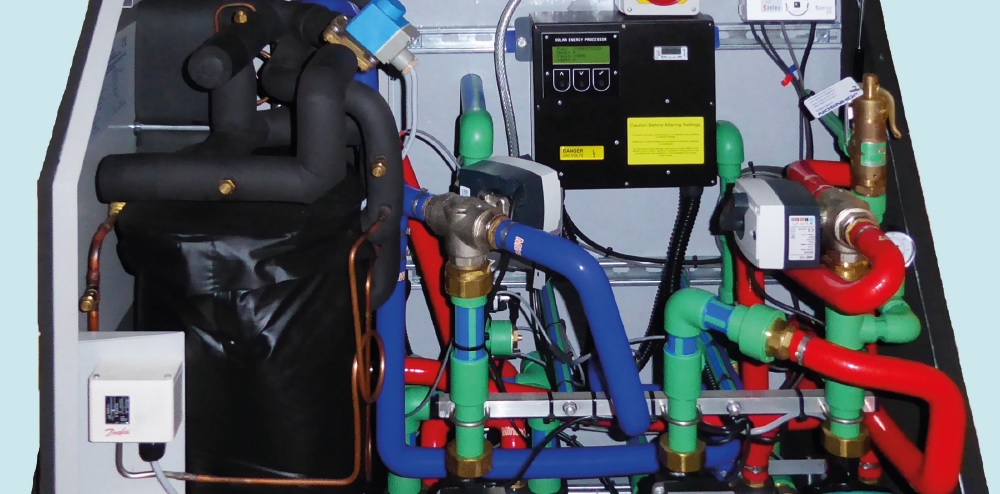
Heating accounts for nearly half of final energy consumption in the UK (48% in 2013) and 78% of non-transport energy use (DECC, 2013).
Heat is a utility, like water, gas, and electricity. Communal or district heating systems are becoming more common and these involve the centralised generation of heat and the distribution of this heat to individual dwellings. Heat meters are used to measure the amount of heat delivered to the dwelling, just like water, gas, and electricity meters.
When a householder/business has a heating system which is classified as renewable, the government offers a financial incentive which is related to the amount of renewable heat generated. For businesses (and some homes), the payment is made according the metered quantity of renewable heat generated.
The fiscal nature of meters, whether they are being used to establish monies due or monies receivable, means that accuracy is extremely important. We do not have a long tradition of heat metering in this country, and metering heat is a little more complex than metering other utilities.
A new report looks at heat metering applications, standards and legislation and heat metering technologies. Building services engineers may have little or no previous experience of heat metering installation and operation.
The research backing the report was directed at investigating the accuracy of different meter types, particularly when the meters are incorrectly installed. A specific issue which was only partly touched upon, was how the accuracy of meters can decline over time, and after how long a period of operation should recalibration be carried out.
The report is directed at policy makers, housing associations, district heating providers, heat meter manufacturers, consultants, heating installers, and householders.
